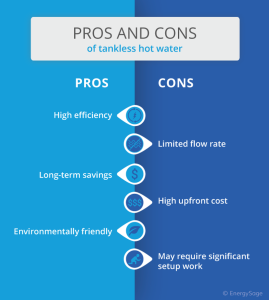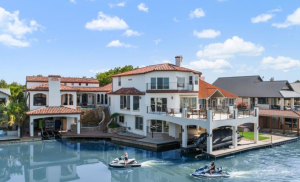Understanding The Evolution And Future Of Roofing In New York
Go Back To Previous PageThe average cost o f replacing a roof will vary depending on location, size of the home, roofing style, and materials. According to Forbes, the national average roof replacement cost is around $8,000, and New Yorkers can expect to pay between $4.50 and $6 per square foot for a new roof. Roofing is critical in enhancing home safety and has come a long way since people left the hunter-gatherer lifestyle and started living in cities and towns. Before the modern roofing types, home buyers loved seeing roofs made from crude materials, like shingles and tile roofing. Centuries ago, people made roofs of grass, mud, straw, wood, and animal skins. Keep reading to understand the evolution and future of roofing in New York. Let’s discuss the future and evolution of the roofing industry and the future of green roofs.
f replacing a roof will vary depending on location, size of the home, roofing style, and materials. According to Forbes, the national average roof replacement cost is around $8,000, and New Yorkers can expect to pay between $4.50 and $6 per square foot for a new roof. Roofing is critical in enhancing home safety and has come a long way since people left the hunter-gatherer lifestyle and started living in cities and towns. Before the modern roofing types, home buyers loved seeing roofs made from crude materials, like shingles and tile roofing. Centuries ago, people made roofs of grass, mud, straw, wood, and animal skins. Keep reading to understand the evolution and future of roofing in New York. Let’s discuss the future and evolution of the roofing industry and the future of green roofs.
Historic Roofing In NY
In the mid-17th century, clay tile roofing gained popularity in New York. Builders used clay tiles to prevent fires like those reported in London in 1666 and 1668 in Boston.
The pantile or S-curved tiles and flat roofing tiles were standard features in NY buildings like the Old Stone House in Brooklyn, a replica of the Vechte-Cortelyou House built in 1669. While roofers often used metal hangers to keep clay tiles in place, they also applied mortar between them to ensure they stayed in place after heavy storms and wind.
In the 18th century, copper and lead roofs covered critical public buildings, such as New York’s City Hall. Sheet metal roofs became more popular in the mid-1800s, and the mass production of steel triggered the adoption of metal roofs in New York homes and barns.
Builders also preferred metal roofs because they were lighter, easy to install, and low maintenance. Other roofing materials used in New York over the last 200 years are wood shingles, terne plate, galvanized zinc, and slate.
Modern Roofing Styles
Thatching was popular until the 1900s, when asphalt shingles and modern roofing techniques like flat roofing appeared. Flat roofs are an ideal choice for many property owners in New York.
They are easy to install, require minimal maintenance, save space, and are affordable.
Since flat roofs are slightly sloping, they also prevent the backup of rainwater on the roof. Other types of roofs in NY worth investing in include gable, mansard, saltbox, and hipped roofs.
There is a wide variety of roofing materials, such as sheet metal, tile, rubberized roofing, hot and cold roofing, and steel roofing. However, asphalt shingles are the most popular, durable, and affordable roofing materials.
Like other roof materials, the cost of asphalt roofing will vary based on the size of the home, location, and property design.
The Evolution And Future Of the Roofing Industry in New York
Climate change is a significant concern for property developers and city dwellers. We believe in the future of green roofs.
xfFor this reason, architects are collaborating with roofing companies to create green roofs. Two New York buildings with green or living roofs are the Empire State Building and Javits Center in Manhattan.
Green roofs can reduce the effects of global warming, enhance air quality, improve insulation, and improve stormwater management.
For thousands of years, people covered their homes with materials such as animal skin, mud, grass, and straw. As people evolved from hunter-gatherer lifestyles, they adapted new roofing materials and styles.
Over the last 200 years, popular roofing in NY includes metal, tile, slate, and steel roofing. Modern-day roofs typical in homes are asphalt shingles, flat roofs, solar tiles, rubberized roofing, and green or living roofs.


